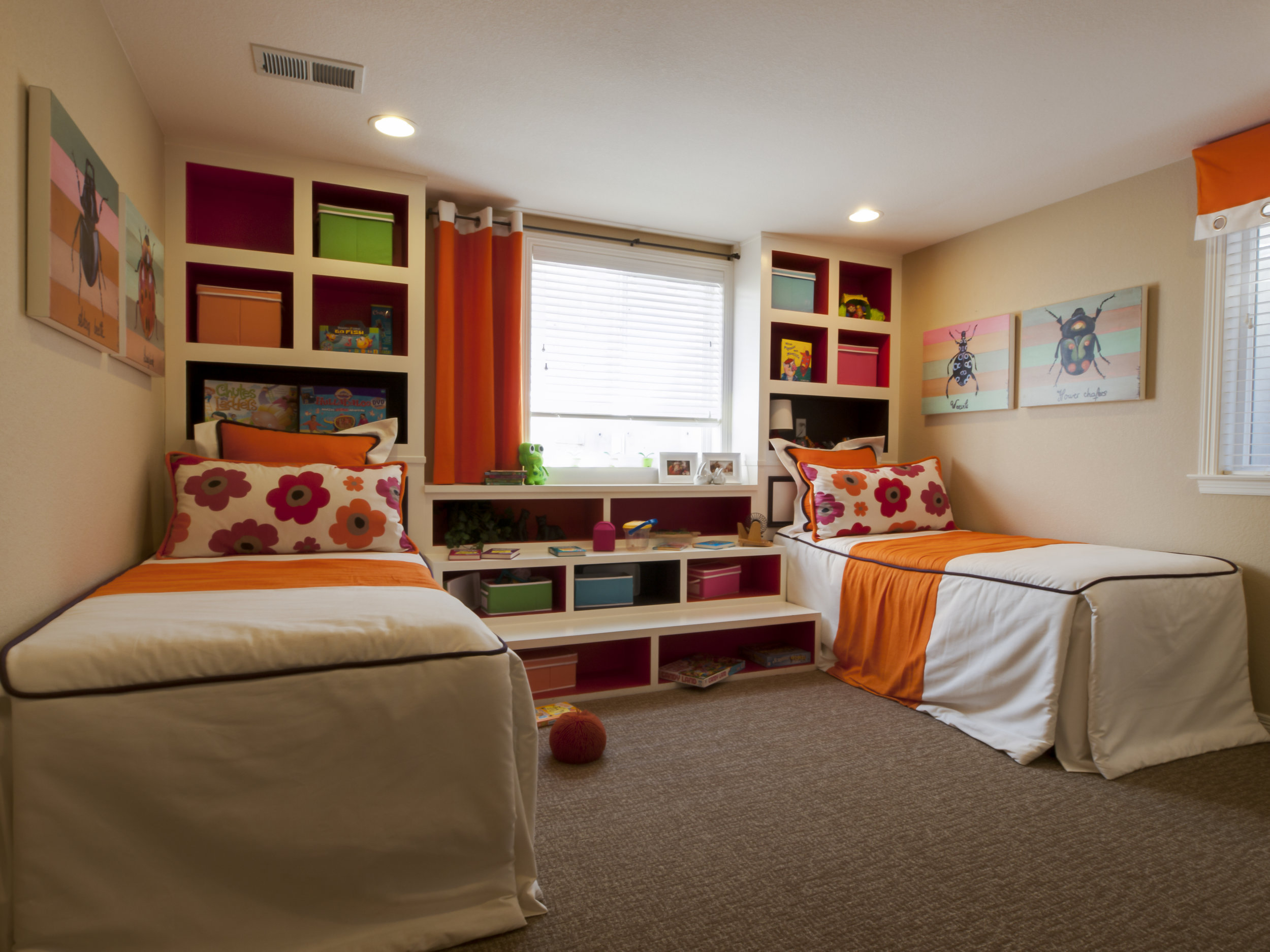Preparing your home for kids in foster care
Are you preparing to become a foster parent? Recently, a parent we are working with reached out and asked for advice on setting up a bedroom for the children who will be staying in their home. Our family liaison put together a list of suggested items according to age range as well as some general advice and tips for putting together a bedroom. Here you will find that list and below is some great advice that we hope you will read – especially the part about including your family, friends and community in your foster care journey! Also, if you click the button below you can print this list for printing or keeping on your computer for easy access.
infant/toddler:
Bottles
Diapers (small packs in various sizes)
Sippy Cups
Baby spoons/forks/plates
Small blankets
Onesies/pajamas
Socks
Wipes
Pacifier
Rattle/teething toys
Crib/Pack-and-Play
AGE 6-10:
Pajamas
1-2 outfits
Socks
Action Figures
Lego Blocks
Puzzles
Beginner reading books
age 3-5:
Pajamas
1-2 outfits
Socks
Action figures (superheroes, Mickey Mouse, Paw Patrol, Princesses)
Child-size blankets
Sippy cups/small cups
Snacks such as crackers and pretzels
Blocks (Lego Duplo, or Mega Blocks)
Child puzzles
Coloring book/crayons
AGE 11-18:
Pajamas
1-2 basic outfits
Socks
Razors
Deodorant
Maxi pads/tampons
Face wash
A few things to keep on hand for all ages, varying sizes:
Toothbrushes/toothpaste
NEW underwear
Brushes/Combs
Shampoo/Conditioner
Soap/Body wash
Lotion
Lice kits
Various DVDs, Games, Books, and Puzzles
Towels/Wash-cloths
Band Aids
Download the list here: Items for foster parents to have on hand.
To start gathering items on this list, you could share this list with friends, family, co-workers and/or church members and ask them to help out. They can volunteer to buy specific items and can also provide clothing items as their children grow out of them. Not everyone is prepared to do foster care but they want to help and this would give them a great opportunity to support you and the children in your care. Another idea to keep from becoming overwhelmed is to shop at garage sales, consignment stores, etc. where you can find items at a lower price.
When others donate items, you can keep them in large plastic totes labeled by age range and gender. Another idea is to keep items in a special dresser or chest that is easily accessible. It is also a good plan to have comfort items on hand, such as stuffed animals, blankets and pillows and pillow cases. Some groups have donated handmade pillow cases to our luggage program and we think this is a great way to make a child feel welcomed. You can keep a shower caddy or bag of toiletry items on hand to give them when they arrive – this way they have something that is theirs and they don’t have to worry about asking for shampoo or a toothbrush, this helps make them feel more comfortable as they adjust to being in a new home.
Some families also keep a tote or space for food, too. Snacks like crackers, popcorn, fruit snacks, cereal, peanut butter and mac and cheese are easy foods to store and keep for when kids come to your home hungry. It is also smart to have items in the freezer that are easy and quick to fix and provide a warm comforting meal – examples include chicken nuggets, corn dogs, french fries, personal sized pizzas and chicken pot pies.
If you are wondering what type of bed you should get, a twin size bed is enough but of course it can be bigger if that is what you have on hand. If you will have small children staying with you, you might want to pick up a rail that fits on the side of the bed to keep them from falling out. This way, you don’t need to keep a toddler bed on hand. For an infant, a crib is ideal but a pack-n-play is also a good idea to get you through the first night or two while you find a crib.
We hope these ideas don’t overwhelm you, but are helpful as you think about what items you may or may not need for providing foster care in your home. Again, we highly recommend that you turn to your friends, family and community for support as you prepare to take on the task of helping children in need – this will include them in your journey and you will be uplifted knowing you have support along the way.

